Castability Of Metals
Introduction to Castability
Castability is defined as the ease with which a material is formed by the casting process into a desired shape without compromising its quality. This parameter affects production efficiency and cost-effectiveness. The understanding of metal castability assists manufacturers in selecting suitable materials and in adjusting casting parameters to achieve outcomes that meet predetermined standards.
Castability of Metals
The castability of metals refers to the ability of a metal to flow into a mould and to fill it completely without defects. High castability ensures that the casting conforms to the desired dimensions, exhibits minimal porosity and maintains consistent mechanical properties. This property is essential in manufacturing complex geometries and intricate designs required in industries such as automotive, aerospace and consumer electronics.
Factors Affecting Castability
The castability of metals is influenced by several factors that determine the quality and feasibility of the casting process. The principal factors are:
Chemical Composition
The alloying elements present in a metal affect its flow behaviour, solidification characteristics and defect formation. Elements such as silicon and manganese can improve flow behaviour, whereas an excessive sulphur content may induce hot shortness.
Temperature Control
Accurate temperature regulation during melting and casting is essential. If the metal is too viscous, it does not flow adequately into the mould, which may result in incomplete filling or cold shuts. Conversely, excessively high temperatures lead to increased oxidation and gas porosity.
Mould Design and Material
The design of the mould, including its shape, size and the material used, affects the flow of metal. A mould that is engineered to meet technical specifications enables uniform filling and cooling, thereby reducing the occurrence of defects. Mould materials with high thermal conductivity contribute towards achieving consistent cooling rates.
Solidification Rate
The rate at which the metal solidifies impacts the grain structure and the mechanical properties of the cast component. Rapid cooling produces a finer grain structure that may enhance strength and toughness, while slow cooling results in coarser grains and a reduction in mechanical performance.
Surface Tension and Viscosity
Low surface tension and appropriate viscosity are desirable in metals with good castability. These properties enable the metal to flow into the mould and fill intricate details without entrapping air or developing defects.
|
Factor |
Impact on Castability |
|
Chemical Composition |
Influences flow behaviour, solidification and defect formation |
|
Temperature Control |
Impacts metal flow, oxidation and gas porosity |
|
Mould Design |
Determines metal flow pattern and cooling rates |
|
Solidification Rate |
Affects grain structure and mechanical properties |
|
Surface Tension |
Affects the metal’s ability to flow and fill the mould |
|
Viscosity |
Determines the ease of metal flow and the capability to capture details |
Frequently Asked Questions
What is castability in metal casting?
Castability refers to the capability of a metal to be molten and poured into a mould so that it assumes the desired shape without defects, thereby ensuring that the cast product meets specified quality standards.
Which metals typically have high castability?
Metals such as aluminium, zinc and certain steel alloys generally exhibit high castability due to their favourable flow and solidification behaviours.
How does the mould material affect castability?
Mould materials with high thermal conductivity assist in achieving uniform cooling, thereby reducing defects and enhancing metal flow which in turn increases castability.
Can the alloy composition be adjusted to improve castability?
Yes, by incorporating or modifying alloying elements, the flow behaviour, solidification process and overall castability can be altered to meet specified requirements.
What role does temperature play in the casting process?
Maintaining an optimal temperature ensures that the metal flows correctly into the mould and solidifies appropriately, thereby minimising errors and ensuring that cast components adhere to quality standards.

 Bars
Bars
 Beads & Spheres
Beads & Spheres
 Bolts & Nuts
Bolts & Nuts
 Crucibles
Crucibles
 Discs
Discs
 Fibers & Fabrics
Fibers & Fabrics
 Films
Films
 Flake
Flake
 Foams
Foams
 Foil
Foil
 Granules
Granules
 Honeycombs
Honeycombs
 Ink
Ink
 Laminate
Laminate
 Lumps
Lumps
 Meshes
Meshes
 Metallised Film
Metallised Film
 Plate
Plate
 Powders
Powders
 Rod
Rod
 Sheets
Sheets
 Single Crystals
Single Crystals
 Sputtering Target
Sputtering Target
 Tubes
Tubes
 Washer
Washer
 Wires
Wires
 Converters & Calculators
Converters & Calculators
 Write for Us
Write for Us
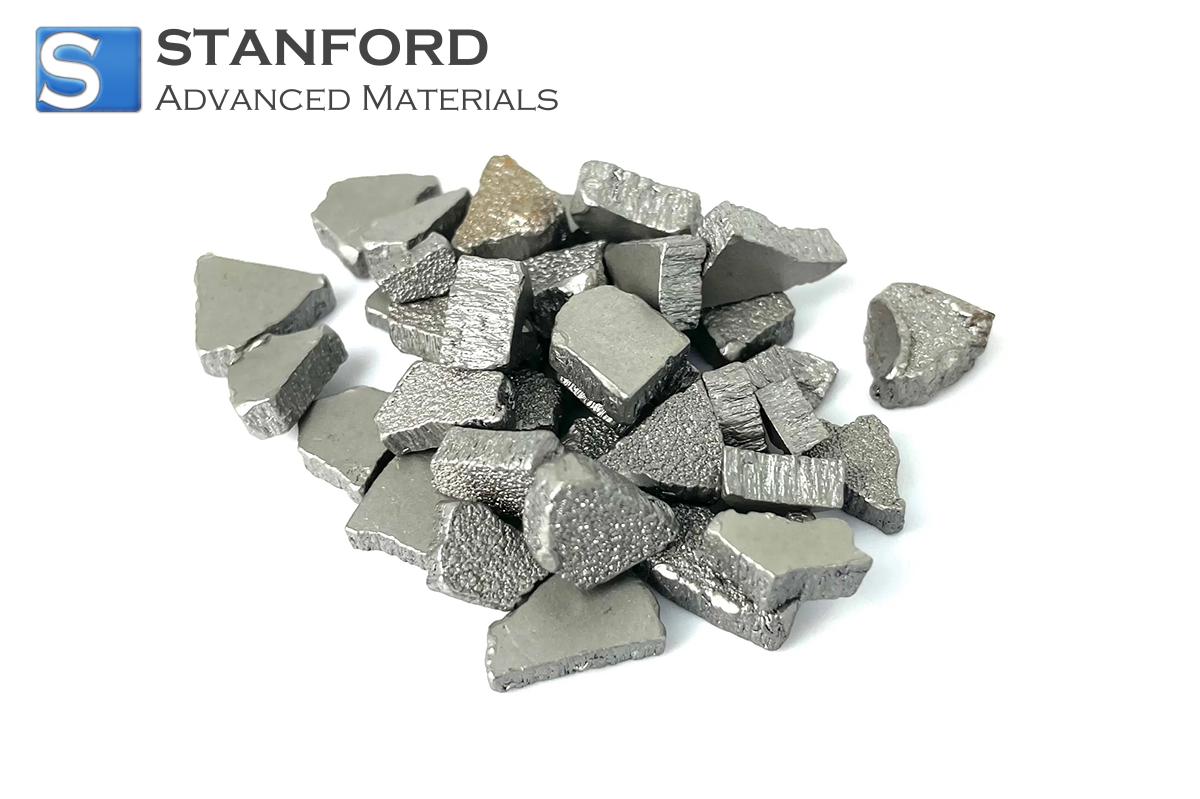
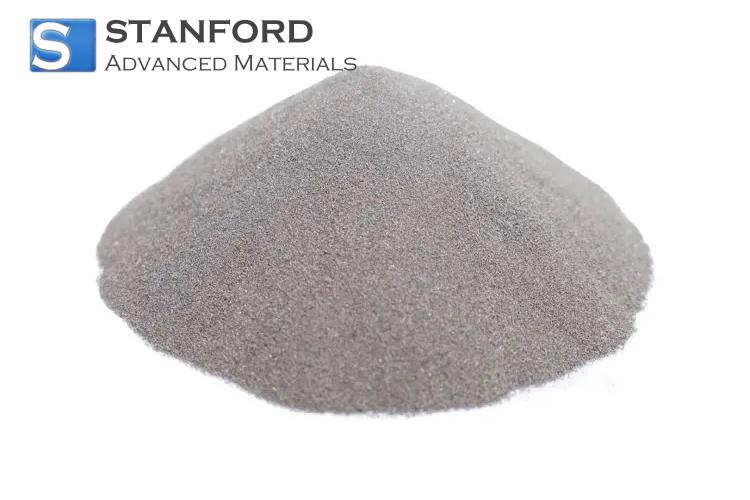
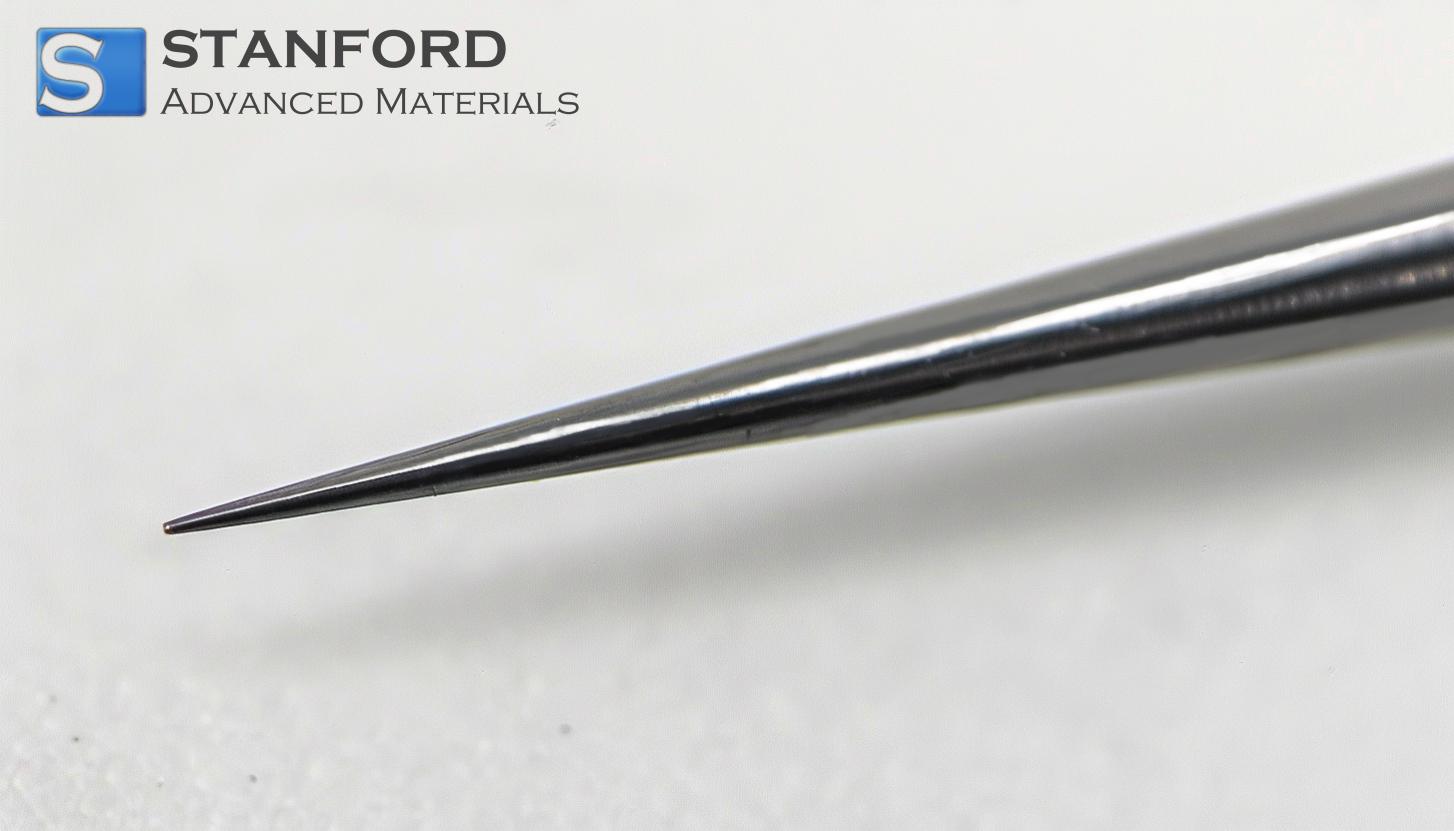
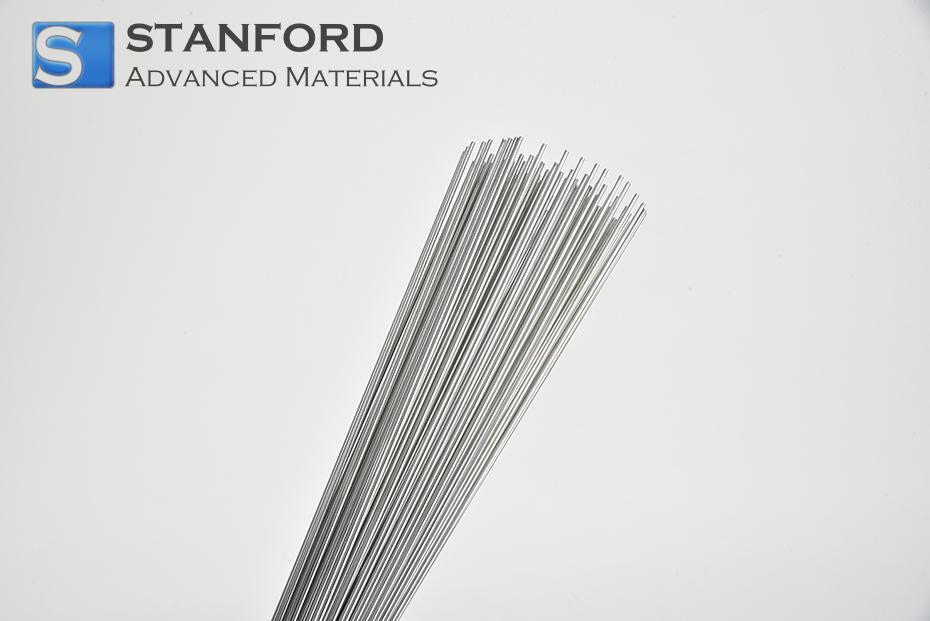
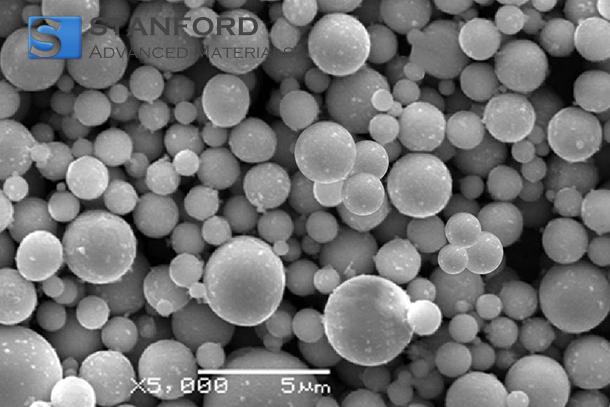
 Chin Trento
Chin Trento



